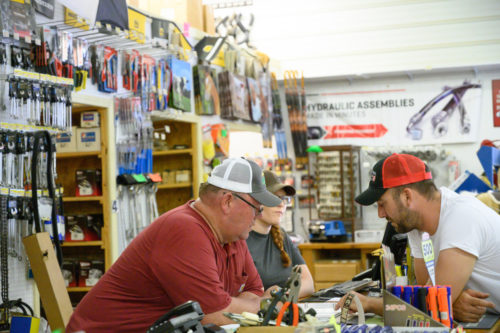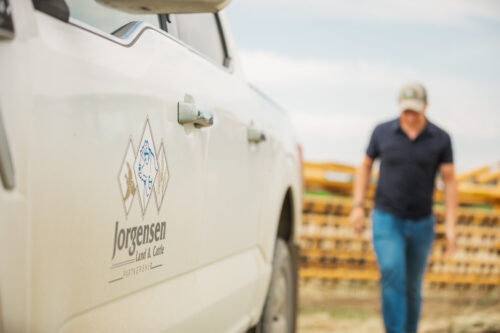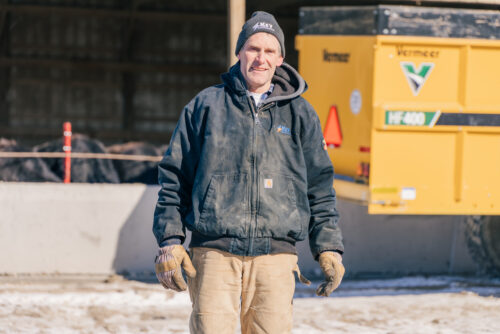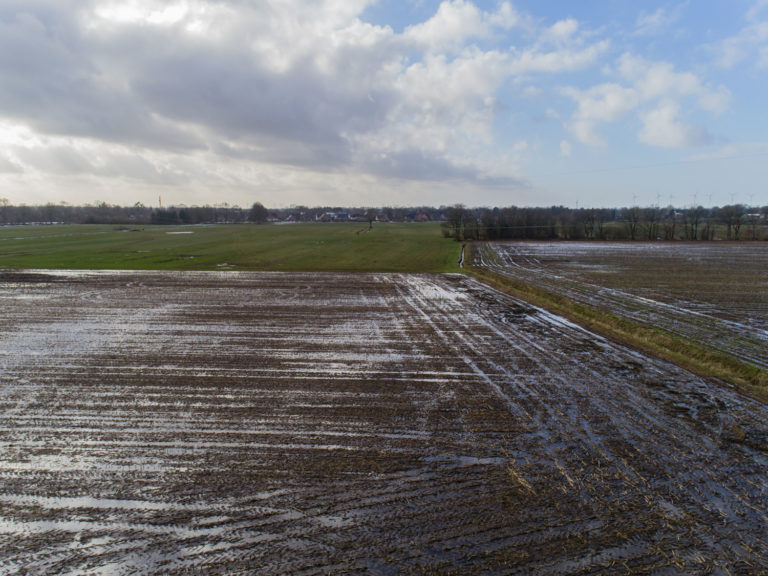
Harvesting cover crops as forage on prevented planting acres
July 2019
USDA GREENLIGHTS COVER CROP HAYING ON PREVENTED PLANTING (PP) ACRES
Producers must wait until Sept. 1 before haying, grazing to secure full PP claims.
A growing number of row crop farmers are starting to see the soil health benefits of adding cover crops to conventional rotations. They’re typically not harvested but terminated to make way for the next rotational crop to be sown and allow their soil health benefits to be realized through subsurface nutrient activity.
Under normal circumstances, that’s exactly what happens; cover crops aren’t grown for a specific output, but rather for the benefits their life cycles provide to soil health and rotated cash crops. However, 2019 has been anything but normal for many of the nation’s row crop farmers.
A recent policy shift will allow producers to utilize their cover crops in ways that are ordinarily not permitted when aligned with specific federal programs. This is meant to help livestock producers sustain a forage supply that will likely be shortened by the volatile spring planting season.
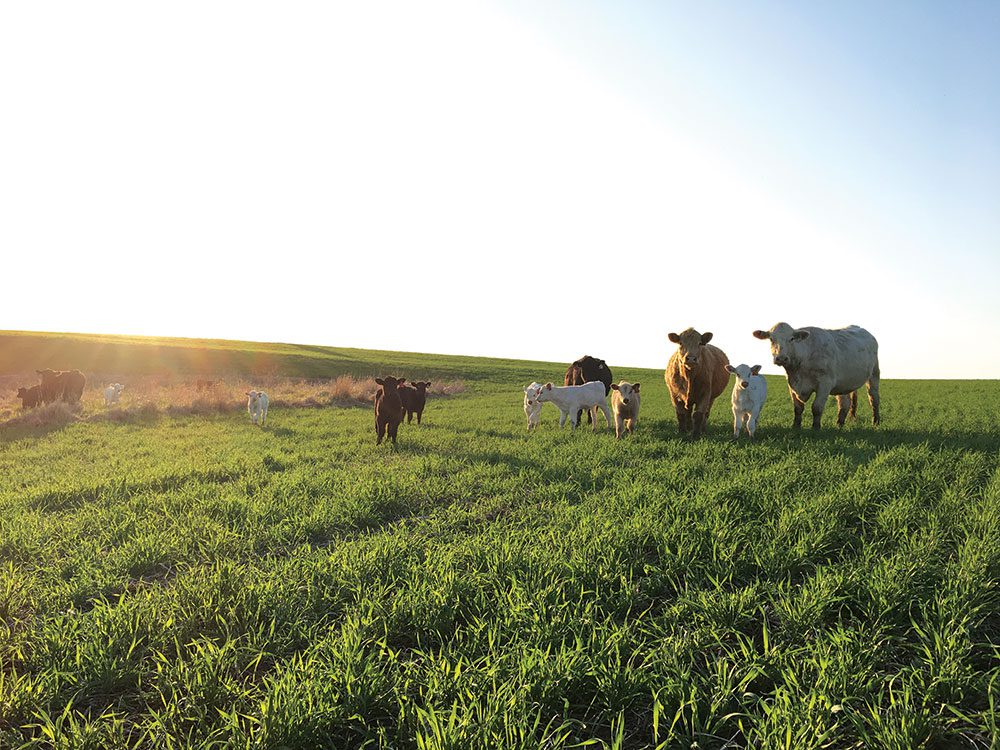
Cover crop haying/grazing changes for 2019
The U.S. Department of Agriculture Risk Management Agency (USDA-RMA) announced in late June it’s adjusting provisions for federal crop insurance prevented planting (PP) claims to allow haying and grazing of cover crops after Sept. 1. Producers can now graze or bale cover crops earlier in the year and still qualify for the full 55% prevented planting claim amount. The previous date for grazing or haying cover crop acres was Nov. 1, and any use of them prior to that date would otherwise knock prevented planting payments to 35% of covered acres and crops. The adjustment for 2019 also allows producers to harvest forage for haylage, baleage or silage, all of which are normally prohibited when filing a prevented planting claim.
The USDA-RMA policy adjustment is a way to help meet feed demands and earn potential revenue from those acres that would otherwise be required to remain fallow until a later date, according to the USDA’s Under Secretary for Farm Production and Conservation, Bill Northey.
“We recognize farmers were greatly impacted by some of the unprecedented flooding and excessive rain this spring, and we made this one-year adjustment to help farmers with the tough decisions they are facing this year,” Northey said in a USDA-RMA report. “This change will make good stewardship of the land easier to accomplish while also providing an opportunity to ensure quality forage is available for livestock this fall.”
In addition to helping crop farmers, the temporary policy change is also likely to help shore up at least some of the weaknesses in the forage supply moving through summer and into the fall, according to Scott Irwin, University of Illinois Extension ag economist and marketing specialist.
“The idea is a form of disaster relief for livestock producers affected by the extremely late planting. Prospects for forage production are diminished because of PP acres,” Irwin said. “This provides another option for increasing the supply of forage.”
What crops qualify and other provisions
What comprises a cover crop versus a cash crop can be a complex equation when filing a PP claim. The cover crops selected must be deemed “appropriate” for the purpose or can be harvested for grazing purposes, such as grain, to secure the maximum 55% PP claim amount.
“Cereal rye, clovers and radishes have been used as cover crops and generally would be acceptable species from a crop insurance perspective. Also, crops that traditionally are harvested as grains can be used as cover crops including soybeans, corn, wheat and oats,” according to a report from a team of economists led by University of Illinois Extension Ag Economist Gary Schnitkey and Ohio State University Extension Ag Economist Carl Zulauf. But Schnitkey and Zulauf reiterated the above types of cover crops are still ineligible to harvest for grain this year if part of a PP claim but grazing and haying can begin after Sept.1. That includes producing corn silage if the crop is included in a cover crop mixture.
Another provision producers must consider is planting date.
“If the crop was planted in the late planting period, the prevent planting payment will be eliminated. If the crop was planted after the late planting period, the payment and insurance premium will be reduced to 35% of the original amount,” according to Schnitkey and Zulauf’s report. “Cover crops cannot be hayed or grazed before Sept. 1 without impacting the prevent planting payment. Even if the cover crop is planted after the late planting period, the prevent planting payment will be reduced to 35% of the original if hayed or grazed before Sept. 1.”
"Cover crops cannot be hayed or grazed before Sept. 1 without impacting the prevent planting payment."
In the Eastern Corn Belt alone, Irwin said he expects up to 5 million crop acres on which producers file PP claims to be eligible for cover crop haying or grazing. But it’s “hard to tell how many of those acres will take advantage,” he added.
Variables to consider
Producers should also take into account production costs if they’re considering haying cover crops this fall as a way to generate more revenue on acres impacted by spring planting delays and poor conditions warranting PP claims. That includes machinery costs and accounts for planting, tillage and chemical applications. In Illinois, for example, those costs can add up to more than $40 per acre on top of the cost of cutting and baling for silage, baleage or haylage. Decisions on how to best manage cover crops to meet forage needs and salvage some active revenue PP fields should be based on a combination of production costs, expected forage supply and demand, anticipated value of soil health benefits to future row crop yields and other potential federal incentives. The Market Facilitation Program (MFP) and Environmental Quality Improvement Program (EQUIP) could offer additional funding for producers meeting all requirements.
“Compared to non-use of cover crops, use of cover crops likely will increase the costs of maintaining prevent planting farmland. Those costs can be lowered if planting the cover crop can substitute for another field pass later in the season. The additional costs associated with cover crops may provide benefits next year, with the possibility for a minimal MFP payment for cover crops and/or possible EQIP funding for cover crop seed reducing the cost increase from planting cover crops,” according to Schnitkey and Zulauf. “Farmers who are not under time pressures to plant cover crops could consider waiting to make a cover crop decision for a few weeks to see if there is additional guidance from USDA on which cover crops will quality for a minimal MFP payment or wait and see the details of additional EQUIP funding.”
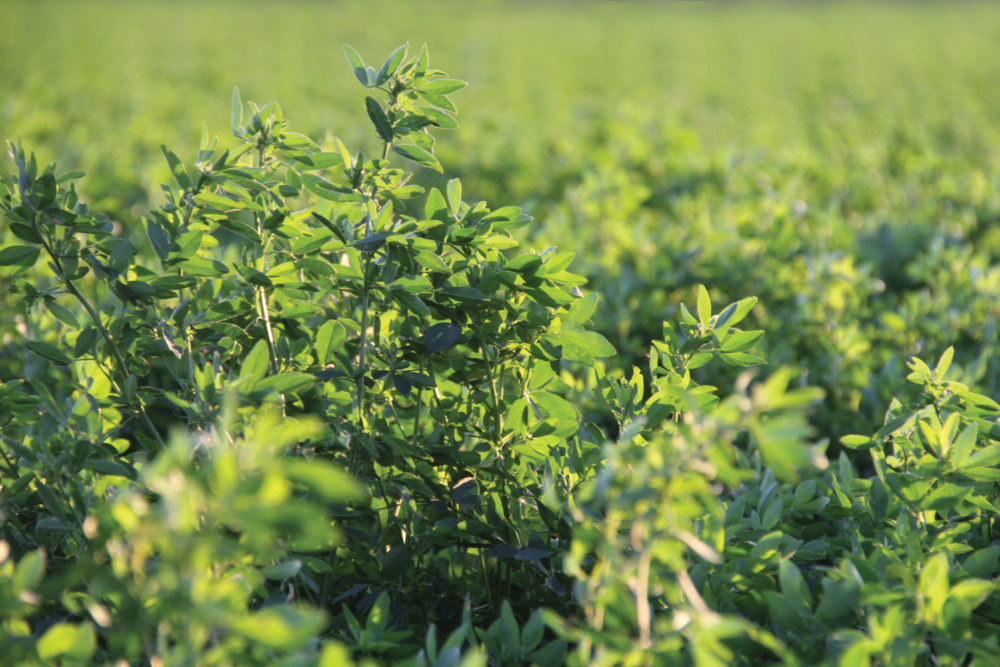
Learn more
Federal officials said the cover crop policy changes are for the 2019 growing season only, but “permanent adjustment” to RMA rules will be considered down the road for future years. If you’re interested in learning more or have questions about the changes, contact your local USDA Natural Resources Conservation Service (NRCS) office personnel, nearest Cooperative Extension Service or USDA specialist, certified crop advisor or certified professional agronomist.
To learn more about establishing a cover crop strategy, click here.
Information noted above was gathered from a third party who was advised his/her experience might be featured in marketing materials. This article contains third-party observations, advice or experiences that do not necessarily reflect the opinions of Vermeer Corporation, its affiliates or its dealers. Individual results may vary based on care and operation of machine and crop and field conditions, which may adversely affect performance.
Vermeer Corporation reserves the right to make changes in engineering, design and specifications; add improvements; or discontinue manufacturing at any time without notice or obligation. Equipment shown is for illustrative purposes only and may display optional accessories or components specific to their global region.
Please contact your local Vermeer dealer for more information on machine specifications.
Vermeer and the Vermeer logo are trademarks of Vermeer Manufacturing Company in the U.S. and/or other countries.
© 2019 Vermeer Corporation. All Rights Reserved.



